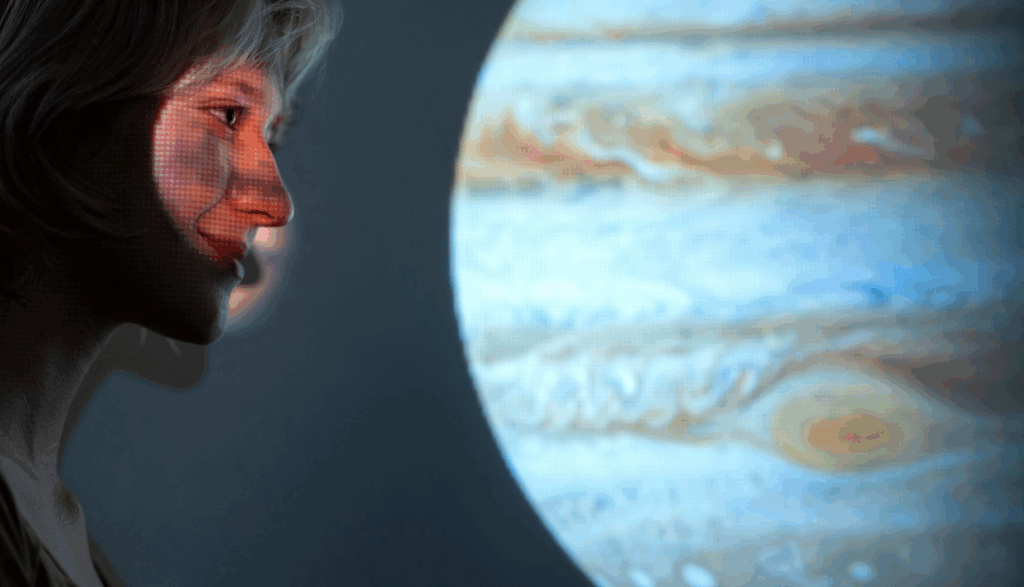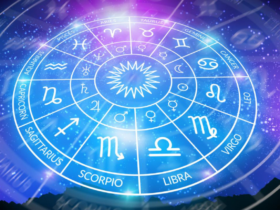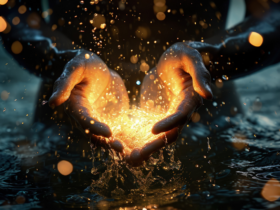Love, like the universe, is made of contrasts: fire and calm, gravity and freedom, light and shadow. In both myth and modern symbolism, three celestial bodies—Mars, Venus, and the Moon—have long been storytellers of the heart. Each one, with its own chemistry and character, holds a mirror to the many faces of love.
Mars: Passion, Drive, and Desire
In Roman mythology, Mars was the god of war—a figure of aggression, courage, and raw energy. Astrologically, Mars rules over action, sexual desire, and the pursuit of what we want. In love, it represents the chase, the tension, the physical spark.
From a scientific lens, Mars is a planet of extremes. Cold, dry, and barren, with red iron-rich soil and vast dust storms, it stands as a symbol of intensity and challenge. There is no softness here—only persistence. In this way, Mars reminds us that love isn’t always romantic. Sometimes, it’s a battleground of wills, a proving ground for loyalty and strength.
Venus: Beauty, Romance, and Longing
Venus, named after the goddess of love and beauty, is traditionally seen as the planet of affection, harmony, and sensual connection. In astrology, it governs how we give and receive love, our tastes, pleasures, and emotional aesthetics.
But beneath its poetic associations, Venus is a furnace. Its surface, hidden under thick sulfuric clouds, is the hottest in the solar system. With toxic gases and an atmosphere heavy with pressure, the planet is as treacherous as it is luminous. Venus teaches us that love can be intoxicating and beautiful, but also overwhelming. Attraction is not always peaceful—it can consume.
Related: Small Compromises, Big Love: The Secret to a Happy Partnership
Still, we are drawn to it. Like the evening star on a clear night, Venus symbolizes the magnetic power of love, reminding us that vulnerability and intensity often go hand in hand.

The Moon: Emotion, Reflection, and Rhythm
Then there’s the Moon—our closest celestial companion. It has no light of its own, yet it governs the tides and lights the night. Emotionally, it stands for intuition, memory, and the subconscious. In love, the Moon represents comfort, safety, and emotional truth—the quieter, deeper connections that grow slowly over time.
Its phases—new, waxing, full, and waning—remind us that love is not static. Feelings shift. Relationships go through dark nights and bright revelations. The Moon’s chemistry is minimal—just dust, rock, and silence—yet its gravitational pull is strong and constant. That’s the kind of love that grounds us: the presence that doesn’t always shout, but never disappears.
Together: A Cosmic Equation of the Heart
So what happens when we consider these three forces together?
Mars ignites the flame. Venus draws us close. The Moon teaches us how to stay.
Related: How to Deepen Your Love by Connecting on a Soul Level
In planetary chemistry, each body tells a different story about temperature, pressure, and atmosphere. In emotional terms, they represent the balance we constantly seek in love: the excitement of desire, the comfort of belonging, and the beauty of connection.
Love is not a single element—it’s a cosmic reaction. Sometimes fiery, sometimes tender, always in motion. Just like the planets above us.





















